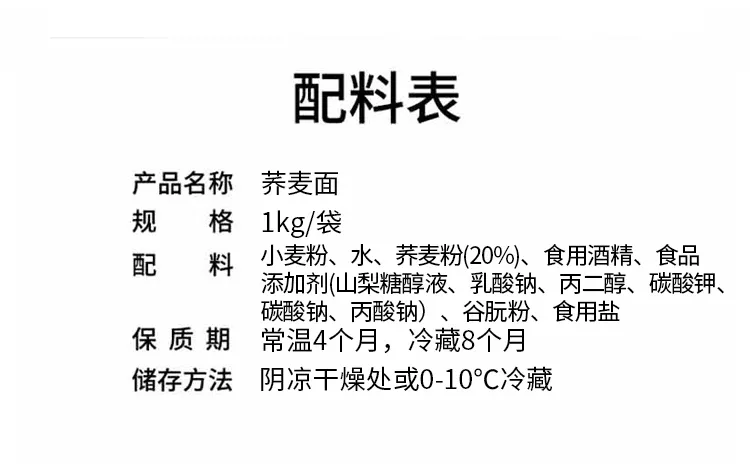making fresh pasta by hand
Making Fresh Pasta by Hand A Culinary Delight
Pasta-making is an art that has been cherished for centuries, bringing people together around the dinner table with the promise of delicious, homemade meals. There's something incredibly satisfying about crafting fresh pasta by hand—transforming simple ingredients into a delightful culinary creation. In this article, we will explore the steps, techniques, and joy of making fresh pasta from scratch.
The Ingredients
To create fresh pasta, you will need just a few basic ingredients flour, eggs, and salt. The most traditional choice is 00 flour, a finely milled Italian flour that yields a silky pasta texture. However, all-purpose flour can also work well. The ratio typically consists of one egg for every 100 grams of flour, although this can vary based on the humidity and type of flour used.
The Dough
Start by crafting the dough. On a clean surface, form a mound with your flour and create a well in the center. Crack the eggs into the well, adding a pinch of salt. With a fork, whisk the eggs gently, incorporating the flour from the edges of the well. Gradually draw in more flour until the mixture begins to come together.
Once the dough is shaggy, it’s time to knead. Dust your hands and surface with a little flour, and bring the dough together. Knead it for about 8 to 10 minutes, until it becomes smooth and elastic. Wrap it in plastic wrap and let it rest for at least 30 minutes. This resting period allows the gluten to relax, making it easier to roll out later.
Rolling and Shaping
making fresh pasta by hand

After the dough has rested, it’s time to roll it out. Divide the dough into manageable portions and keep the pieces you’re not using covered to prevent drying. Using a rolling pin, flatten the dough to about 1/8-inch thickness. If you have a pasta machine, you can use it to achieve a consistent thickness with ease.
Once rolled out, dust the sheet with a little flour to prevent sticking. Now it's time to shape your pasta. For tagliatelle, fold the sheet over on itself a few times, then cut it into strips. For ravioli, you’ll need another sheet of dough; place small mounds of filling on one sheet, then seal it with another sheet on top, pressing out any air. Use a pastry cutter to cut them into squares, and make sure the edges are sealed properly.
Cooking and Serving
Fresh pasta cooks much faster than dried pasta, usually requiring only 2 to 4 minutes in boiling salted water. As you cook, prepare a sauce that complements your pasta; a simple garlic and olive oil sauce or a rich tomato basil sauce works wonderfully. Once the pasta is al dente, drain it, reserving a bit of the cooking water to adjust your sauce's consistency if needed.
Toss your freshly cooked pasta in the sauce, allowing it to coat each piece evenly. Serve immediately, garnished with freshly grated cheese, cracked pepper, or fresh herbs.
Conclusion
Making fresh pasta by hand is a rewarding experience that not only fills your stomach but also warms your heart. The process invites creativity, from choosing the type of flour and experimenting with fillings for stuffed pasta to pairing it with a variety of sauces. Whether for a cozy family dinner or a special celebration, fresh pasta made from scratch embodies the essence of Italian home cooking—a true labor of love that nurtures both body and soul. So roll up your sleeves, gather your ingredients, and embark on a culinary adventure that you and your loved ones will cherish!
-
Unleash Your Inner Chef with Delectable Italian Pasta CreationsNewsAug.01,2025
-
Savor Health and Flavor: Irresistible Soba Noodles for Sale Await!NewsAug.01,2025
-
Nourish Your Body with Premium Organic Ramen - A Culinary Delight AwaitsNewsAug.01,2025
-
Elevate Your Dishes with Our Exquisite Kinds of Egg NoodlesNewsAug.01,2025
-
Dive into Flavorful Convenience with Our Ramen OfferingsNewsAug.01,2025
-
Discover Exquisite Types of Naengmyeon and Chilled Soba NoodlesNewsAug.01,2025
-
Is Whole Wheat Pasta Healthy?NewsMay.30,2025
Browse qua the following product new the we

















































































































